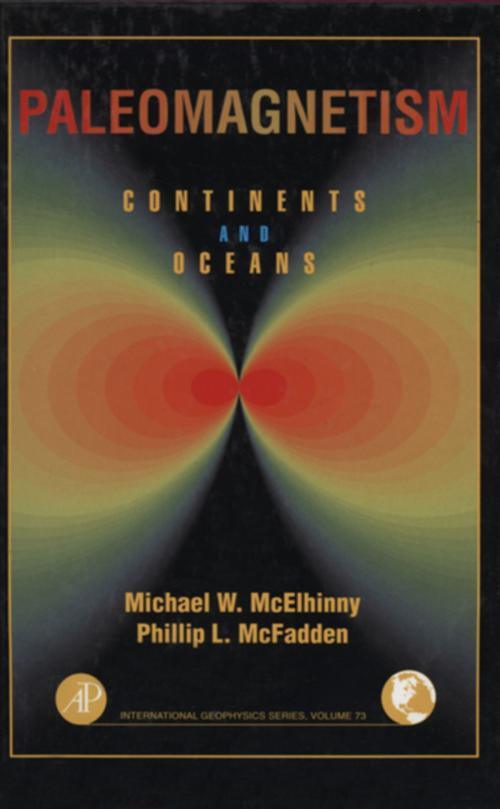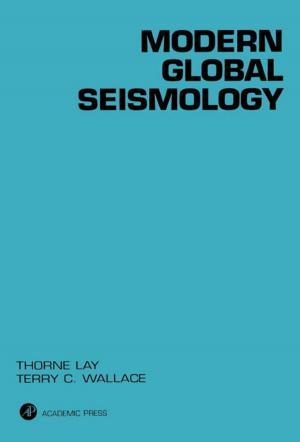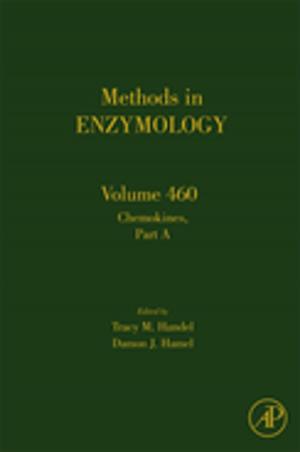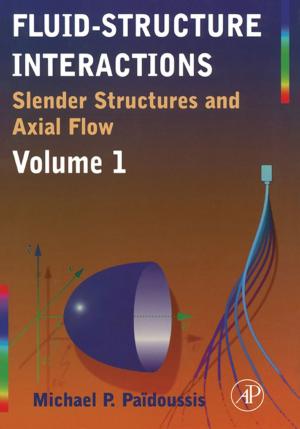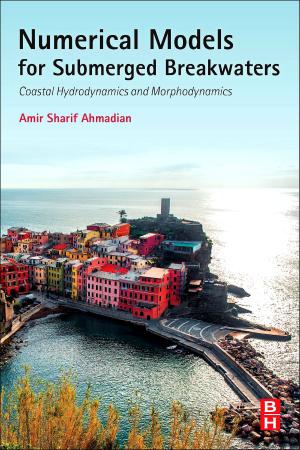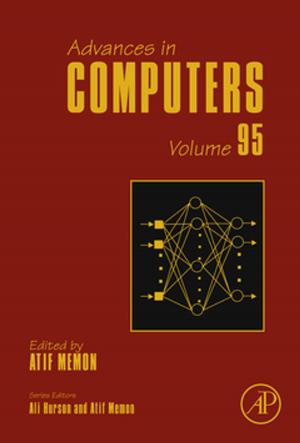Paleomagnetism
Continents and Oceans
Nonfiction, Science & Nature, Science, Physics, Electricity, Earth Sciences, Palaeontology| Author: | Michael W. McElhinny, Phillip L. McFadden, Renata Dmowska, James R. Holton, H. Thomas Rossby | ISBN: | 9780080513461 |
| Publisher: | Elsevier Science | Publication: | October 18, 1999 |
| Imprint: | Academic Press | Language: | English |
| Author: | Michael W. McElhinny, Phillip L. McFadden, Renata Dmowska, James R. Holton, H. Thomas Rossby |
| ISBN: | 9780080513461 |
| Publisher: | Elsevier Science |
| Publication: | October 18, 1999 |
| Imprint: | Academic Press |
| Language: | English |
Paleomagnetism is the study of the fossil magnetism in rocks. It has been paramount in determining that the continents have drifted over the surface of the Earth throughout geological time. The fossil magnetism preserved in the ocean floor has demonstrated how continental drift takes place through the process of sea-floor spreading. The methods and techniques used in paleomagnetic studies of continental rocks and of the ocean floor are described and then applied to determining horizontal movements of the Earth's crust over geological time. An up-to-date review of global paleomagnetic data enables 1000 million years of Earth history to be summarized in terms of the drift of the major crustal blocks over the surface of the Earth.
The first edition of McElhinny's book was heralded as a "classic and definitive text." It thoroughly discussed the theory of geomagnetism, the geologic reversals of the Earth's magnetic field, and the shifting of magnetic poles. In the 25 years since the highly successful first edition of Palaeomagnetism and Plate Tectonics (Cambridge, 1973) the many advances in the concepts, methodology, and insights into paleomagnetism warrant this new treatment. This completely updated and revised edition of Paleomagnetism: Continents and Oceans will be a welcome resource for a broad audience of earth scientists as well as laypeople curious about magnetism, paleogeography, geology, and plate tectonics.
Because the book is intended for a wide audience of geologists, geophysicists, and oceanographers, it balances the mathematical and descriptive aspects of each topic.
- Details the theory and methodology of rock magnetism, with particular emphasis on intrepreting crustal movements from continental and oceanic measurements
- Outlines Earth history for the past 1000 million years, from the Rodinia super-continent through its breakup and the formation of Gondwana to the formation and breakup of Pangea and the amalgamation of Eurasia
- Provides a comprehensive treatment of oceanic paleomagnetism
- Provides a set of color pateogeographic maps covering the past 250 million years
- Written by two internationally recognized experts in the field
Paleomagnetism is the study of the fossil magnetism in rocks. It has been paramount in determining that the continents have drifted over the surface of the Earth throughout geological time. The fossil magnetism preserved in the ocean floor has demonstrated how continental drift takes place through the process of sea-floor spreading. The methods and techniques used in paleomagnetic studies of continental rocks and of the ocean floor are described and then applied to determining horizontal movements of the Earth's crust over geological time. An up-to-date review of global paleomagnetic data enables 1000 million years of Earth history to be summarized in terms of the drift of the major crustal blocks over the surface of the Earth.
The first edition of McElhinny's book was heralded as a "classic and definitive text." It thoroughly discussed the theory of geomagnetism, the geologic reversals of the Earth's magnetic field, and the shifting of magnetic poles. In the 25 years since the highly successful first edition of Palaeomagnetism and Plate Tectonics (Cambridge, 1973) the many advances in the concepts, methodology, and insights into paleomagnetism warrant this new treatment. This completely updated and revised edition of Paleomagnetism: Continents and Oceans will be a welcome resource for a broad audience of earth scientists as well as laypeople curious about magnetism, paleogeography, geology, and plate tectonics.
Because the book is intended for a wide audience of geologists, geophysicists, and oceanographers, it balances the mathematical and descriptive aspects of each topic.
- Details the theory and methodology of rock magnetism, with particular emphasis on intrepreting crustal movements from continental and oceanic measurements
- Outlines Earth history for the past 1000 million years, from the Rodinia super-continent through its breakup and the formation of Gondwana to the formation and breakup of Pangea and the amalgamation of Eurasia
- Provides a comprehensive treatment of oceanic paleomagnetism
- Provides a set of color pateogeographic maps covering the past 250 million years
- Written by two internationally recognized experts in the field
